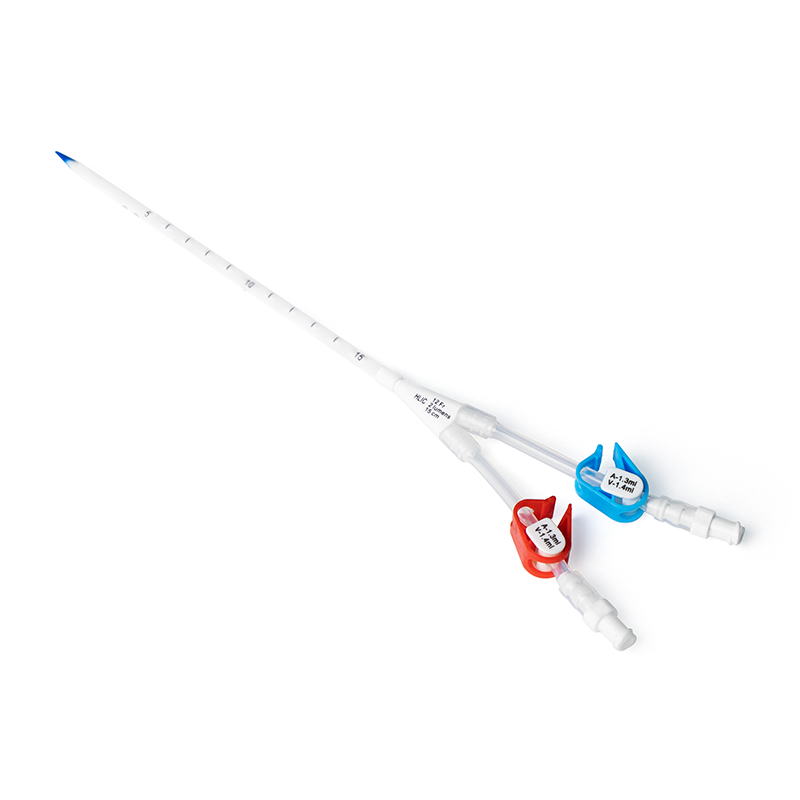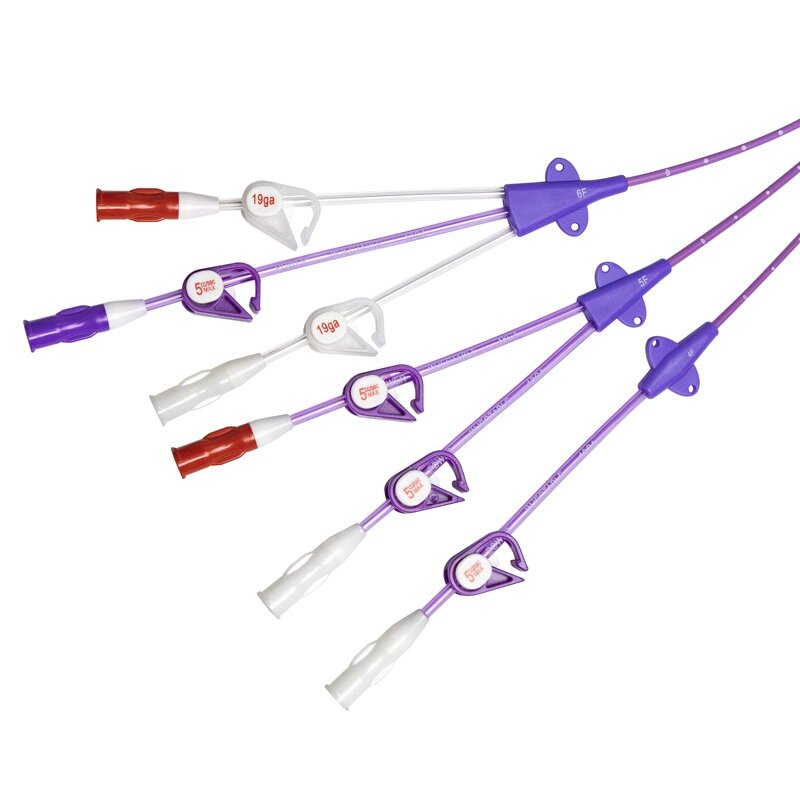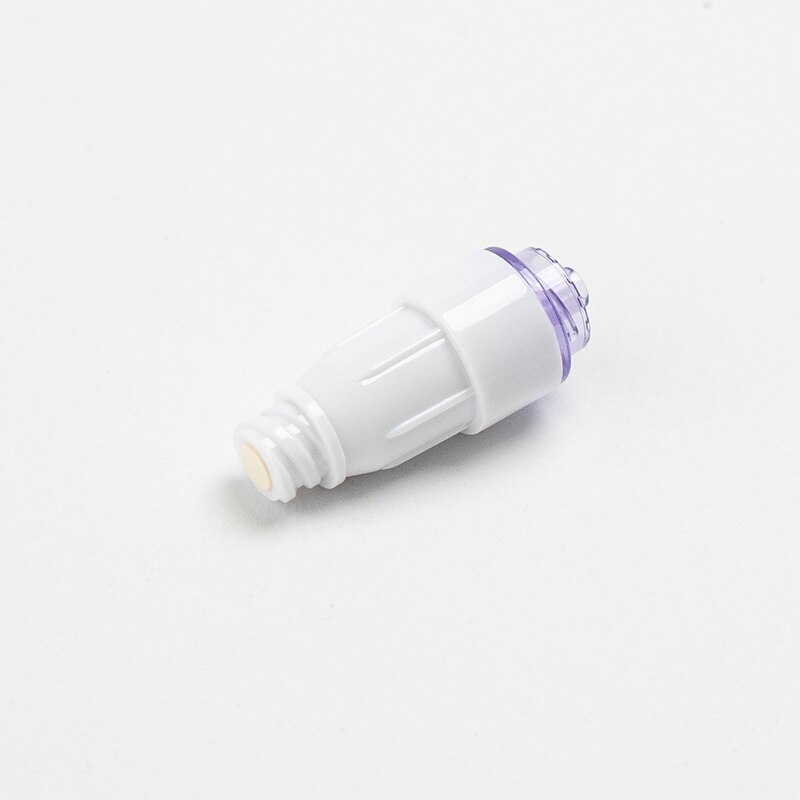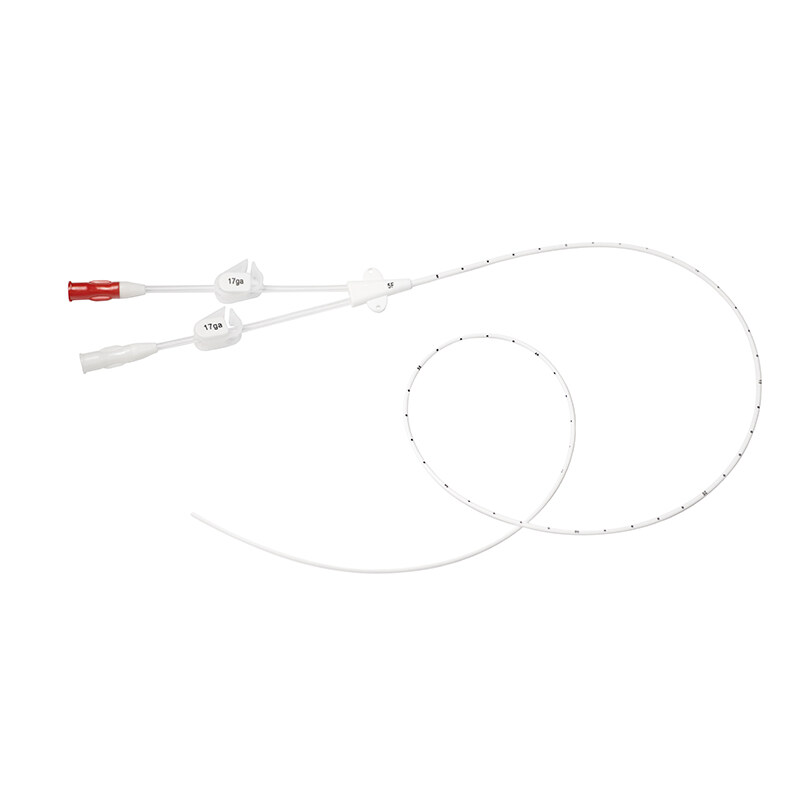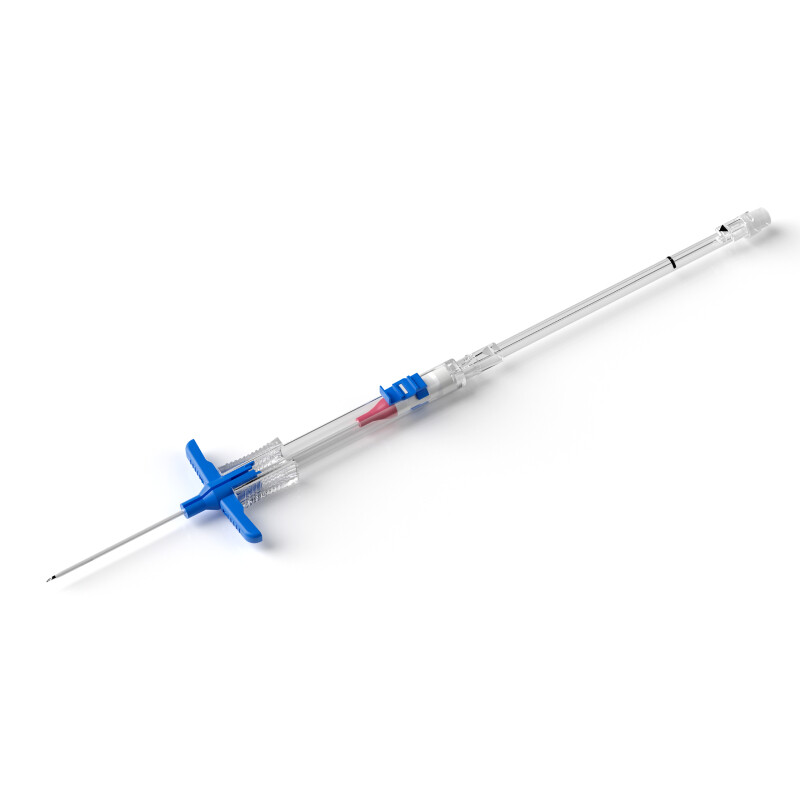In the realm of medical advancements, midline catheters have become a valuable tool for delivering medications and intravenous fluids to patients. These slender and flexible modern medical tools offer numerous benefits, allowing for extended periods of use and reducing the need for frequent needle insertions. However, just like any medical device, there are certain restrictions and guidelines that individuals must adhere to when using a midline catheter kit.
Understanding Midline Catheters
A midline catheter is a type of intravenous line that is inserted into a peripheral vein, usually in the upper arm. It is longer than a standard peripheral intravenous line and typically extends up to the upper third of the arm or near the shoulder.
Unlike a central venous catheter (CVC), midline catheters do not reach the central veins or close to the heart. Midline catheter placement and design make them suitable for patients requiring intravenous therapy for an extended duration but do not need intensive care or frequent blood draws.
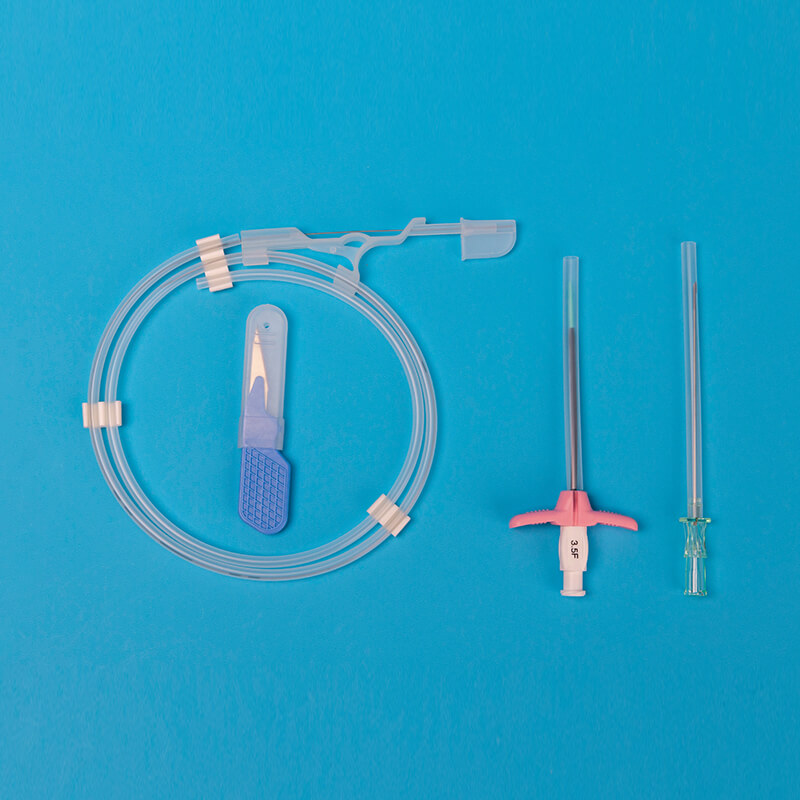
Activities Permitted with a Midline Catheter
Midline catheters are designed to offer flexibility and mobility to patients, enabling them to engage in various activities while receiving necessary medical treatment. However, certain precautions and restrictions are essential to ensure the catheter's optimal functionality and patient safety.
● Light Physical Activity: Patients with a midline catheter insertion can usually participate in light physical activities, such as walking, stretching, and gentle exercises. These activities promote circulation and may prevent complications related to prolonged immobility.
● Daily Hygiene: Maintaining personal hygiene is crucial while having a midline catheter. Patients can take showers, ensuring the catheter site remains dry and clean. However, soaking in bathtubs or swimming should be avoided, as prolonged exposure to water may increase the risk of infection.
● Dressing Protection: Patients are advised to keep the catheter site protected with a sterile dressing to prevent contamination and secure the catheter in place.
● Normal Range of Motion: Routine movements like reaching, bending, and twisting are generally permitted. However, strenuous activities or those that put excessive strain on the catheter site should be avoided.
Restricted Activities with a Midline Catheter Insertion
While midline catheters offer a degree of freedom, some activities must be avoided to prevent dislodgment, infection, or damage to the catheter.
● Heavy Lifting: Engaging in heavy lifting or carrying objects that place a significant strain on the arm with the catheter can lead to catheter dislodgment or injury.
● Contact Sports: Participating in contact sports where there is a high risk of physical impact should be avoided to prevent the catheter from getting caught or damaged.
● Repetitive Motion: Patients should refrain from performing repetitive motions, especially those that involve the arm with the catheter, as it may irritate the catheter site.
● Tight Clothing: Wearing tight-fitting clothes over the catheter site may cause irritation or impede blood flow, so it's best to opt for loose and comfortable attire.
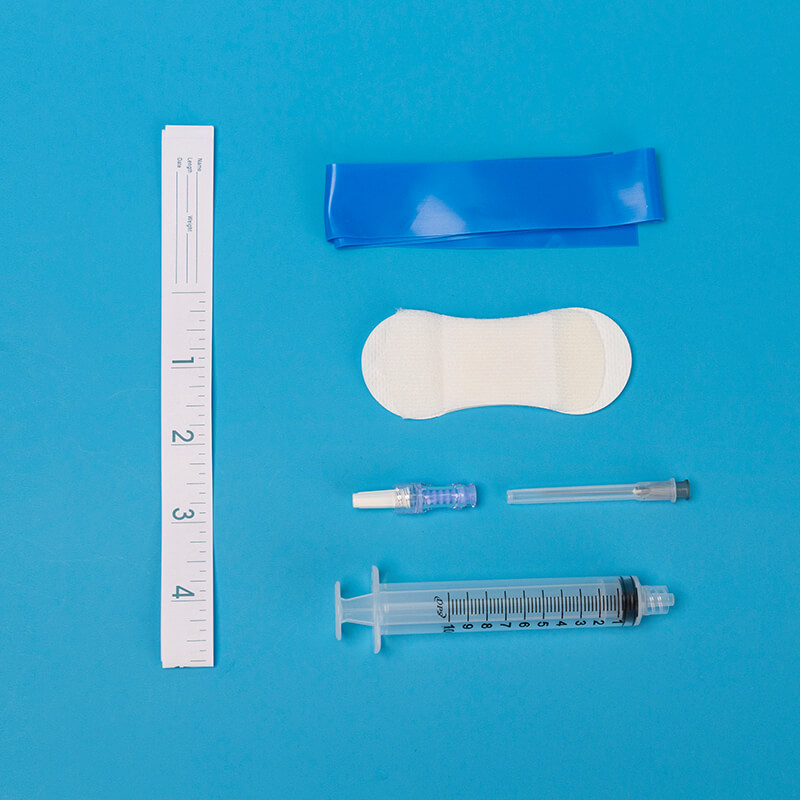
Midline Catheter Care
In addition to understanding the permissible and restricted movements following midline catheter insertion, following proper care is essential.
Proper care of a midline catheter is crucial to ensure its longevity, and functionality, and to minimize the risk of complications.
Dressing Maintenance
● Sterile Dressing Changes
● Skin Assessment
● Transparent Dressings
● Avoid Moisture
Flushing and Medication Administration
● Learning How to Flush a Midline Catheter
● Understanding Medication Compatibility
General Tips for Patients
● Hygiene: Practicing good hand hygiene is essential for patients with midline catheters.
● Avoid Tugging or Pulling: Patients should avoid tugging, pulling, or putting unnecessary pressure on the catheter to prevent dislodgment or damage.
● Clothing Considerations: Choose loose-fitting clothing that does not exert pressure on the catheter site to prevent irritation and enhance comfort.
● Monitor for Signs of Infection: Patients should be vigilant for signs of infection, such as fever, redness, swelling, or drainage from the insertion site, and promptly report any concerns to their healthcare provider.
Final Words
Midline catheters provide patients with a practical solution for intravenous therapy over an extended period. By following the prescribed guidelines and restrictions, patients can continue with their daily activities while ensuring the catheter functions optimally and remains free from complications.
Additionally, patients play a vital role in maintaining good hygiene and attention to the catheter during daily activities. Successful midline catheter outcomes can be largely ensured by adhering to the aseptic technique during insertion, maintaining dressings, and following irrigation and dosing regimens.

